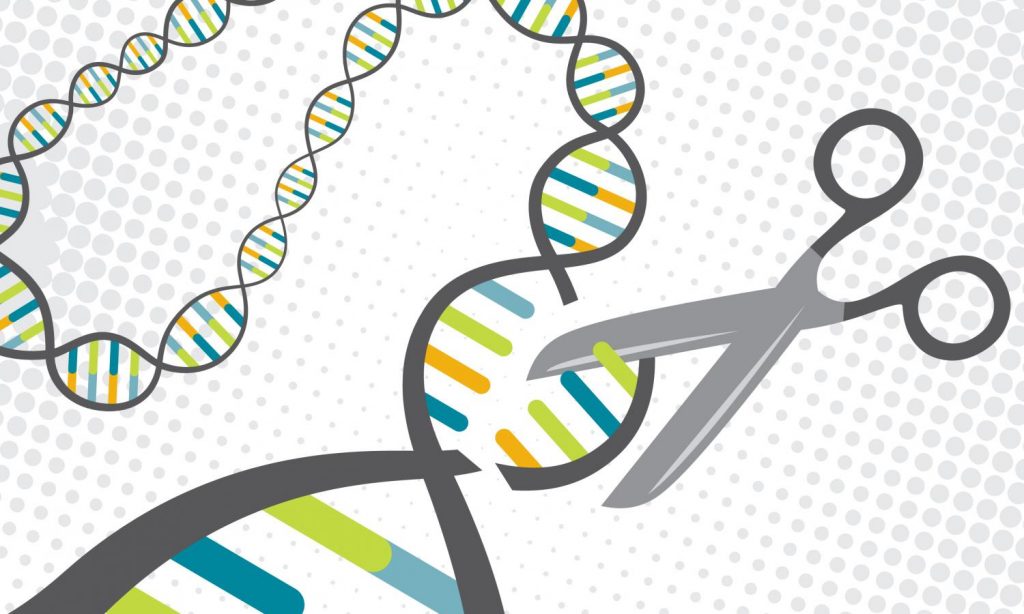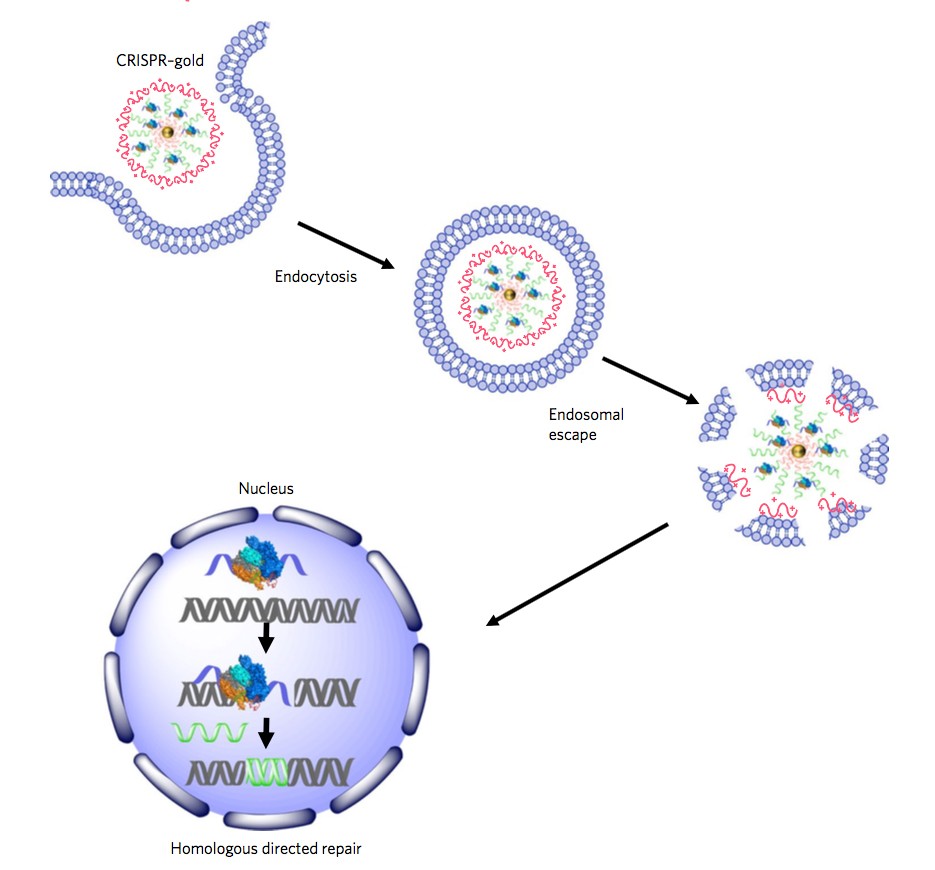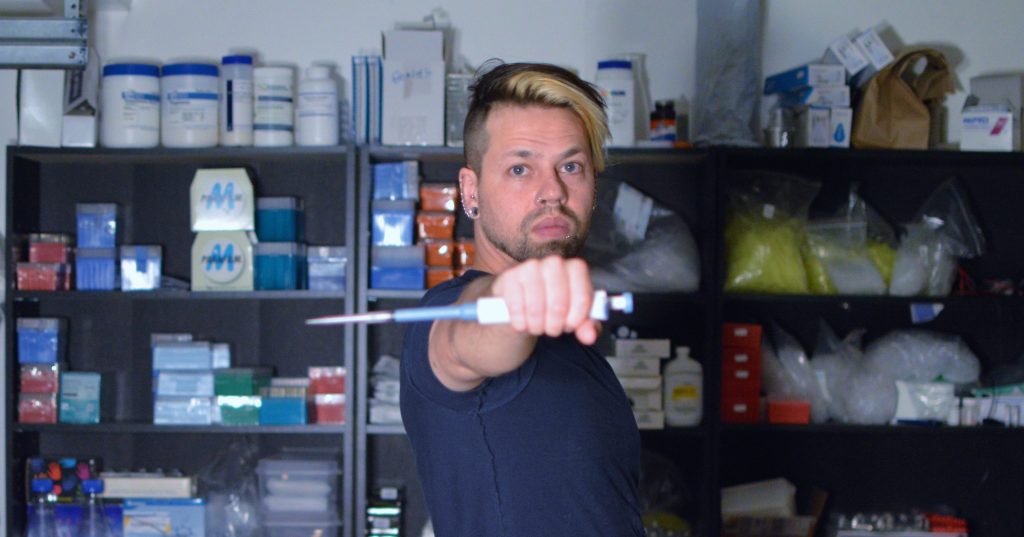
In more than one lab recently, researchers have applied the CRISPR method to alter the muscles of test subjects. It’s getting to the point that it’s not much more difficult than injecting anabolic steroids.
Although there are biohackers out there trying to replicate this research on their own bodies, so far we’ve only research using mice and beagles.
Yes, Beagles, the little hyperactive dogs that have trouble house training. Someone made a bunch of beefed-up beagles. Somewhere, someone in PETA is losing their mind.
For the record, this writer is a vegan and a lover of animals. I only kid.
It seems the research performed biohackers, albeit anecdotal and less controlled, but on humans, will tell us more about how CRISPR will replace all the best steroids in short order.
Beefed Up Beagles
Beagles do not have a reputation for mass. They’re typically smaller dogs. Characterizations of these dogs land more on words like “difficult,” and “untrainable.” They’re cute, not intimidating.
There a couple, however, in China, which might make the rounds in underground dog fighting to pay their bills. (Dog fighting isn’t funny; I know.)
Hercules and Tiangou are the names of the dogs from the research. After researchers injected them with CRISPR gene editing enzymes, the dogs doubled their muscle mass.
They didn’t just get swoll, their athletic performance improved. That’s one area where a beagle doesn’t need help. [Think: “The Mask.”]
The point of the Chinese research was to apply key learnings to disorders like Parkinson’s and Muscular Dystrophy. If we can do this with healthy creatures, what could the same research do for someone who is suffering?
The hope is much, but meanwhile, there are two beagles strutting around China like they own the place.
Muscular Dystrophy Mice
While China waxes about applying what they’ve learned to degenerative diseases, researchers at the University of Berkeley in California have taken that step.
Using mice, suffering from Duchenne muscular dystrophy, they executed a new CRISPR delivery protocol called CRISPR-Gold.
The crew at Berkeley claims that the new Gold protocol is more user-friendly, less potentially harmful than the Cas9 protocol, which uses a virus as part of the delivery. The Gold protocol literally uses gold nanoparticles as a key component.
However that works, it sounds cool.
What the Berkeley research shows us is that the CRISPR-Cas9 method was only the beginning. There are more effective ways to administer gene modifying technologies.
We are at the tip of a large iceberg. In short order, one will be able to buy vials of gene-mutating compounds, which we’ll be able to inject or apply topically.
In fact, for some enterprising individuals, we’re already there.
Josiah Zayner
We’ve talked about Zayner on Body Hacks before. Last year, he ran into a little trouble with a government office goes by the name FDA. Apparently, they didn’t like him selling CRISPR-Cas9 kits on the internets.
Well, Zayner is still around, and he’s still hacking the human experience. Now, he’s injecting himself with a CRISPR cocktail designed to stave off his body’s production of myostatin. Sound familiar?
Bodybuilders know about myostatin. It’s a pesky hormone the body produces to limit muscle growth, because who would want all those bulky muscles? Ew. Josiah Zayner, that’s who.
Using the same CRISPER-Cas9 process used in the China beagle research, Zayner started injecting himself with a Cas9 enzyme designed to block his body’s production of myostatin.
He recently made the formula available to others at a conference in San Francisco, passing out vials for the audience to take home to self-inject.
According to Zayner, he’s not the only one doing this.
How long before bodybuilders and athletes, a small vein of whom are notorious for bridging the gap of research by biohacking their experience, will contact Zayner for their own vial?
Of course, he’ll not be able to supply anything per the FDA, but Zayner’s no stranger to fighting those guys.
It’s a matter of time before someone at your local gym proposes you try the new CRISPR myostatin blocker injections. By then, it will probably have a cooler name like “gene-jacking,” but it’s coming.
Depending on who you know, it may be already here.



